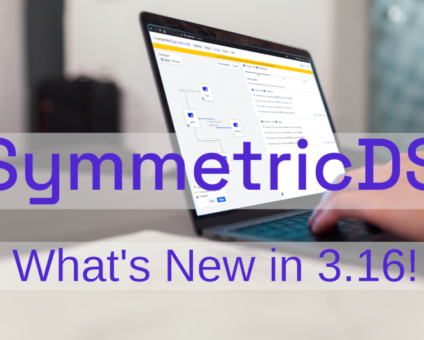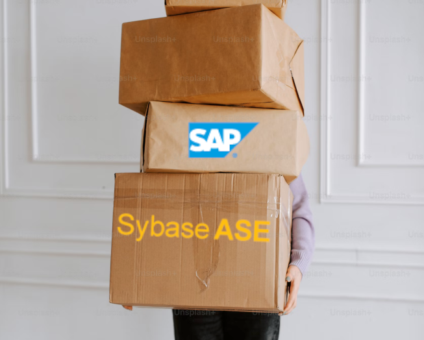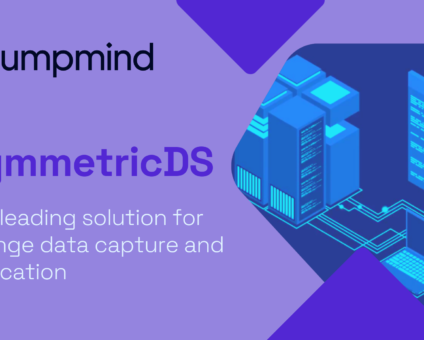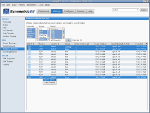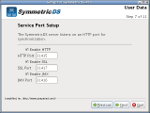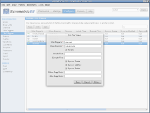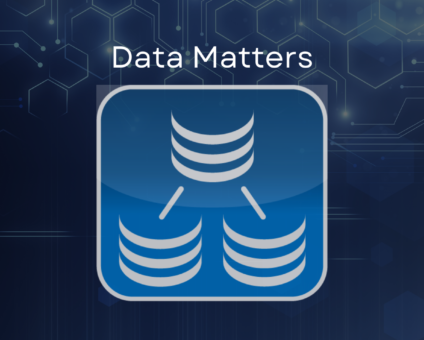Physical retail is still where the magic happens. According to new research by RSR, 85% …
![]()
Cloud-native POS platform for seamless omnichannel customer experience.
![]()
A single hub for all promotions campaigns.
- Omnichannel ExperienceCreate seamless customer experiences
- Device IndependencePOS agnostic to form factor or operating system
- Self-CheckoutDo more with fewer associates
- Mobile StoreLeverage POS from anywhere
- POS on the GoEnable associates to sell outside of the store
- Unified PromotionsStreamline and simplify promotion workflows
- CX ConnectAllow customers to engage with POS during checkout
- Composable CommerceCreate the store experience you want
![]()
The most advanced synchronization solution for databases and file systems.
![]()
Data configuration and batch automation across different disparate systems and vendors.
-
Data Replication
- Multi-tier DistributionReplicate thousands of remote locations
- Cloud Database ReplicationCapture live changes from on-premise to the cloud
- High Availability and Load BalancingEnsure 24/7 access to data and scale efficiently with demand
- Analytics and ReportingCapture the whole picture with real-time reporting
- Multi-masterMaintain consistency of data in a peer to peer setup
- Data WarehouseReplicate live and historical data to a warehouse
- MigrationsConduct live data migration with no downtime
-
-
Data Integration
- Master Data ManagementChanges propagate across the entire system, allowing you to maintain a centralized view of all parts of your core business entities.
- Application IntegrationReduce dependencies, complexity, and risk to build a high-performance, data-driven application.
- Web ServicesIntegrate multiple systems using web services or build a business application using a service-oriented architecture.
- Data WarehouseIntegrate disparate data from multiple systems so you can transform data for better business intelligence and reporting.
- Data MigrationConduct live data migration during critical server replacements, storage upgrades, and data center relocations—with no downtime.
- ImplementationIntegration consultants help design, develop, and deploy an implementation of our products.
- DevelopmentThe product developers can add features, enhance existing functionality or build support for new platforms.
- TrainingEngage our experienced training resources to gain in-house knowledge and expertise on Jumpmind products.
- SupportLeverage product engineers to resolve issues, fix defects and provide updates or patches.
- Proof of ConceptDetermine the feasibility of implementing our products and get answers to your questions quickly.
Beyond the Hype: What Retailers Really Want from Tech in 2025 Europe’s biggest retail conference …
What a fun week it was for women from across the country who came together …
View all Blog Posts
The new release of SymmetricDS Pro 3.16 data replication software simplifies setup, improves performance, and …
Sybase ASE (more recently known as SAP Adaptive Server Enterprise), announced its end of mainstream …
Azure Blob Storage has become a popular option for storing files in the cloud. And …
View all Blog Posts
Jumpmind Powers Point of Sale and Promotions Execution for Landmark Retail, One of the Largest …
Retail Technology Leader Jumpmind to Enable Mobile Point of Sale and Inventory Management for DTLR/VILLA …
The retailer is charting its next chapter with retail technology modernization to power inspired omnichannel …
View all Customer Stories
43 percent say handling online order returns in-store is a top challenge, and that increases …
After nearly a century in business, the legendary Canadian fashion retailer is retooling to streamline …
The Solution Addresses Modern Retail Challenges with Innovative Promotions to Captivate Inflation-Weary Shoppers NRF 2024, …
View all Blog Posts
![]()
Cloud-native POS platform for seamless omnichannel customer experience.
![]()
A single hub for all promotions campaigns.
![]()
The most advanced synchronization solution for databases and file systems.
![]()
Data configuration and batch automation across different disparate systems and vendors.
-
Data Replication
-
-
Data Integration
-
Retail Retail trends, technology, and enhancing the customer experience
-
Data Thoughts on data matters, dialects, performance, and security
-
Customer Stories How Jumpmind impacts the businesses of our clients
-
Videos & Webinars Watch on demand demos, reviews, and tours of our products
-
Company News Get the scoop on Jumpmind's growth and impact
View all Blog Posts
Upcoming Features for 3.5 Pro
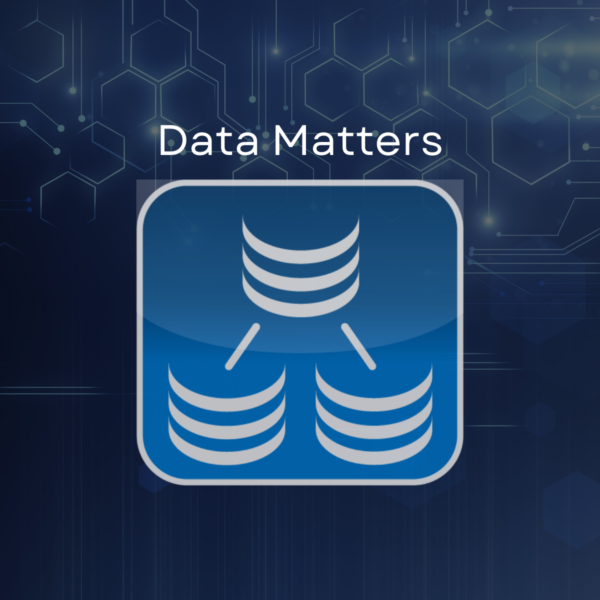
The professional edition of SymmetricDS 3.5 will be released soon, and it includes some great new features and improvements, including file synchronization, Sybase database support, and user interface enhancements.
Sybase Database Synchronization

Expanding our multiple platform support, this release will synchronize with Sybase databases, both Adaptive Server Enterprise (ASE) and Sybase Adaptive SQL Anywhere (ASA). Sybase ASE is an enterprise class relational database suited for large central office deployments that need features and performance. Sybase ASA is a small footprint database designed for mobility applications that require little administration. SymmetricDS will be able to sync these databases together with any of the other 15 supported database dialects.
Multiple Batch Selection
We continue to improve the web management user interface to help you be more productive. You can edit multiple table triggers and set synchronization properties for all of them at once. The Outgoing Batch screen also allows multiple selection to work with more than one batch. Click on the batches while holding the shift or control key, then right-click for a quick menu. Batches can be skipped and ignored if you have already dealt with the error. If underlying data has been changed, the staging file can be cleared to force another extraction.
Easy SSL Setup
Security is important for protecting sensitive data and restricting access. We’ve made it easier to secure the HTTP transport of data by adding a checkbox option to the installer. It’s easy to enable Secure Sockets Layer (SSL) and specify the port number. The private and public keys are automatically generated and installed for you.
File Synchronization
You’ve been syncing all your databases with SymmetricDS, but what about all those files and folders also needed by your application? The big new feature in this release is file synchronization, giving you a single mechanism to sync all your data. You setup file sync by specifying a folder to monitor for changes. The recurse feature will monitor all the files in folders below that folder also. Use regular expressions to include or exclude which files should be synced. You can even specify a BeanShell script to run before and after a file is copied. You specify which nodes will get the files by linking to routers, just like you would do for syncing database tables. The file data syncs in batches the same way too, so you can use the same screens to monitor for errors. There are new file sync jobs and a file sync channel to let you manage the schedule and track file data separately.
When to Expect
We’re targeting a release date this month, within the next few weeks. Some eager customers are already running snapshot versions of 3.5 in production, so we feel confident it will be a solid release. We’re excited to both strengthen our product and expand our offering for a comprehensive data synchronization solution.




